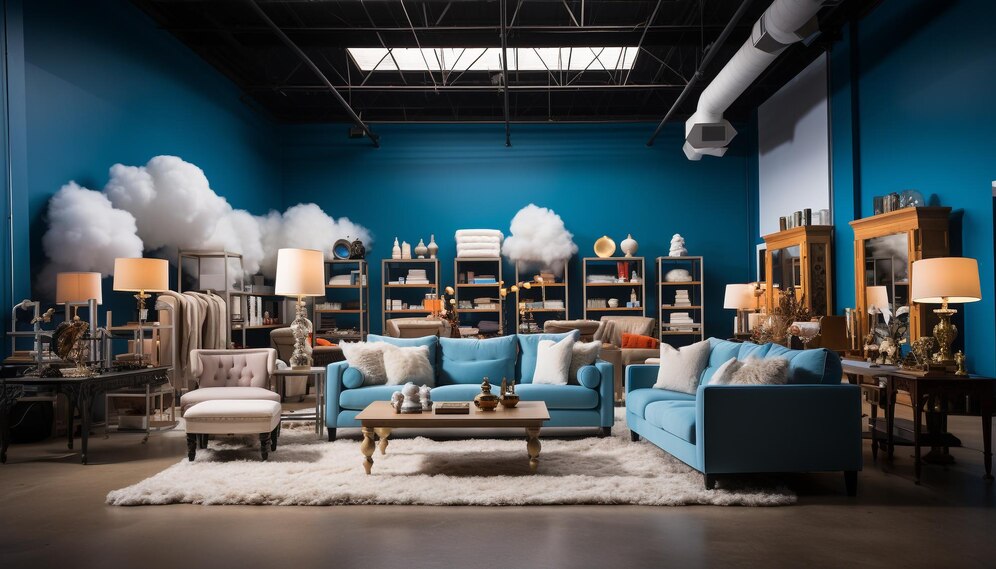Ikea (IKEA), a global Swedish brand, has an exceptional position in the world of furniture making and Home Decoration Design and is one of the largest furniture companies in the world. A large part of this success is due to a unique and innovative strategy in brand building.
Ikea was founded in 1943 in a suburb of Stockholm, Sweden. Its main founder is Ingvar Kamprad, who started working in the sale of retail products in the field of home furniture in 1943, having bought a truck of miscellaneous goods and began to sell it on the local market. The name “Ikea” is an abbreviation of his name and the name of the farm (ilmetard Agnar Kamprad) where he grew up, which is located in the village of ilmetard near Old ammetad in Sweden.
Initially, Ikea was focused on the sale of home furnishings and home decoration products, but soon began to develop its own style of product design and distribution. In 1956, IKEA introduced an innovative concept of ready-to-assemble furniture, which allows customers to purchase furniture at relatively low prices and assemble it themselves at home, which led to great success.
Since then, Ikea has grown rapidly and become a global brand with stores in most countries around the world. Ikea has continuously evolved in multiple areas including product design, marketing and innovation, while maintaining low prices and quality. Ikea is also increasingly focusing on sustainability and social responsibility issues, and considers this an essential part of its corporate identity.
Here’s an overview of the history of IKEA:
1943: IKEA was founded in its original name “Ikea furniture goods store” (IKEA Möbel), in the city of almholm, Sweden, by Ingvar Kamprad.
1951: the first IKEA showroom was opened in gunneburg, Sweden.




